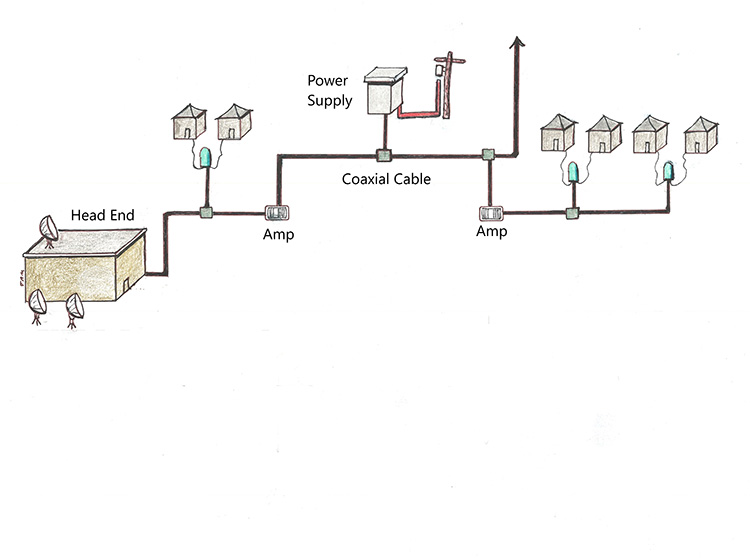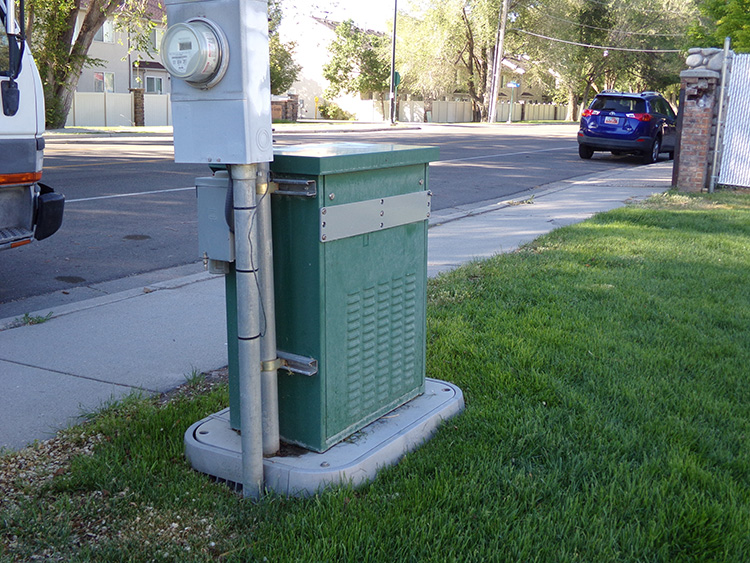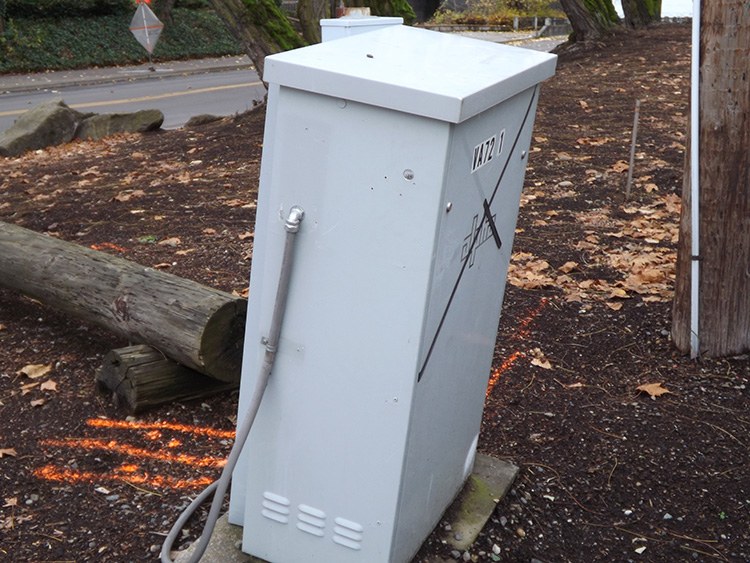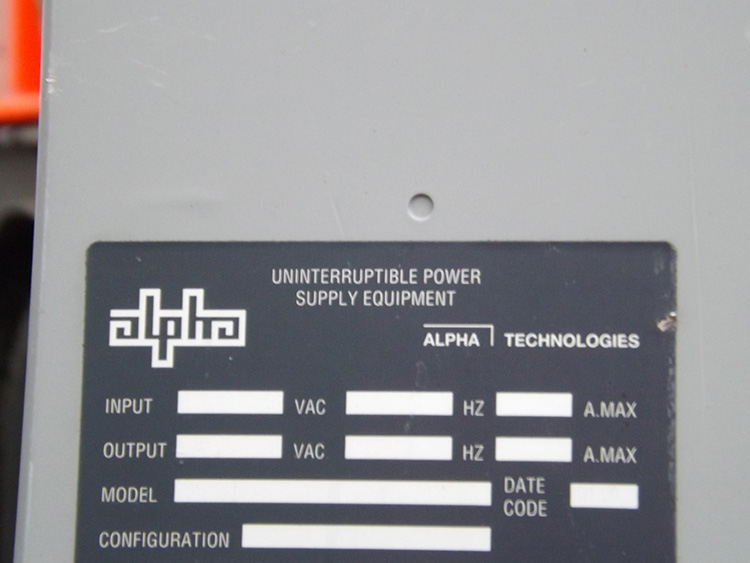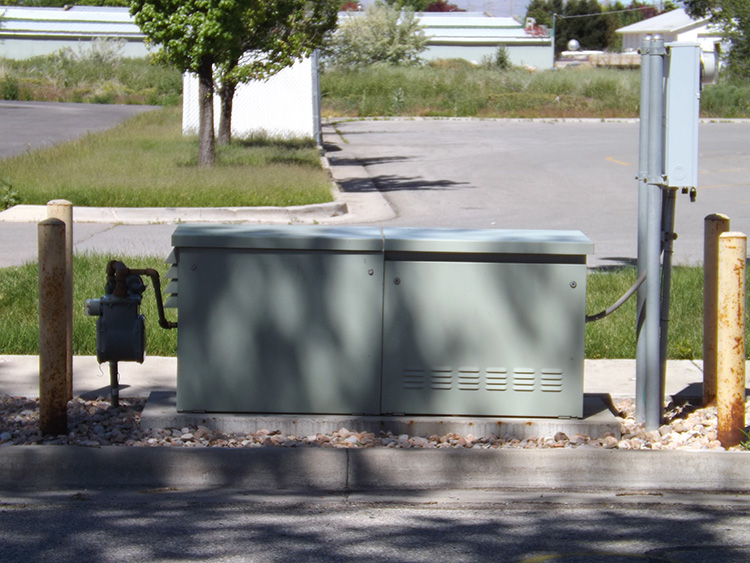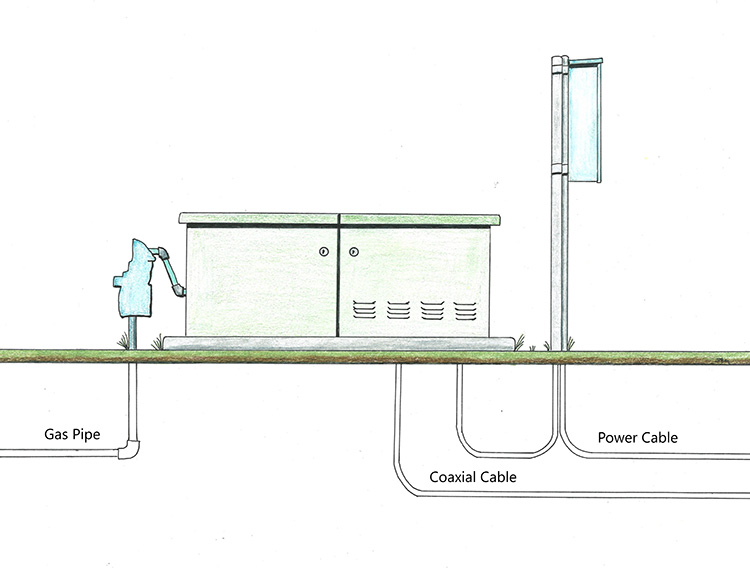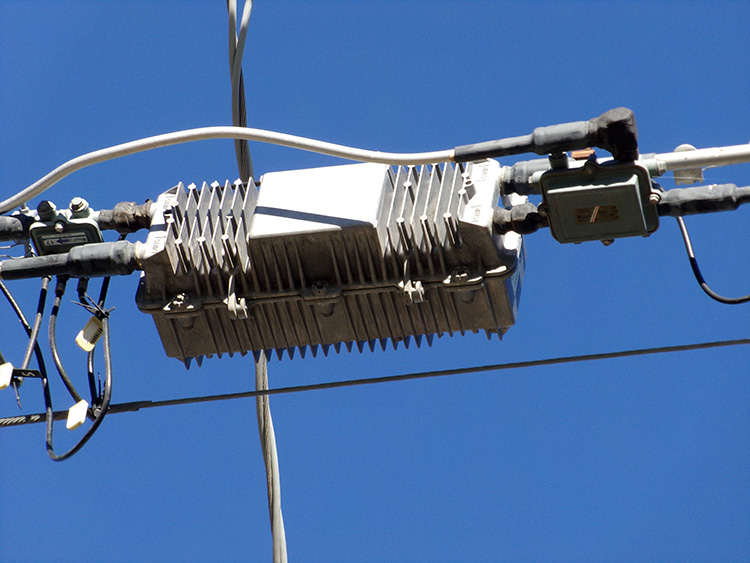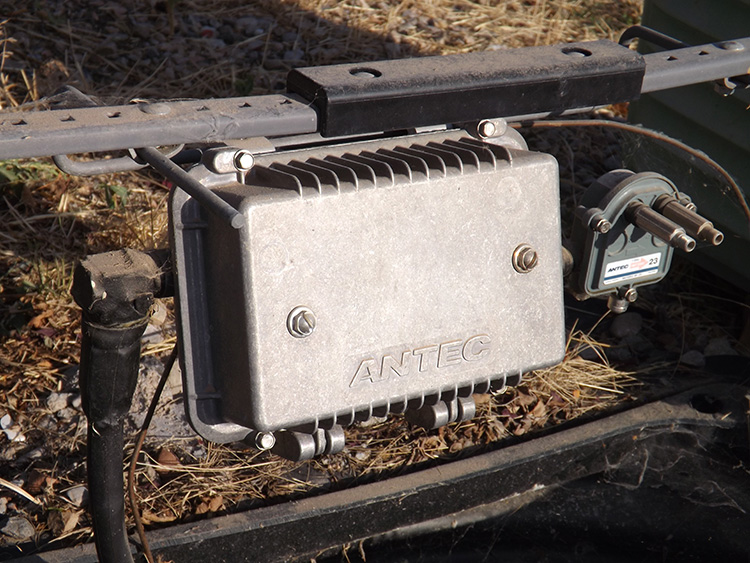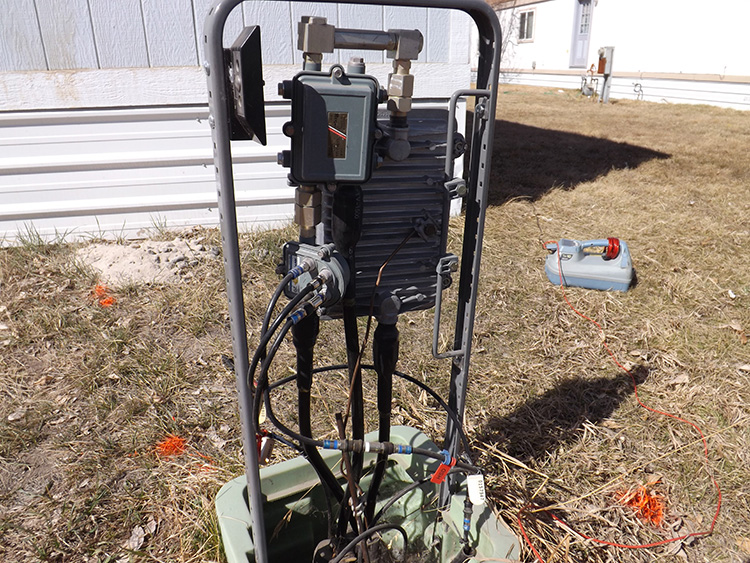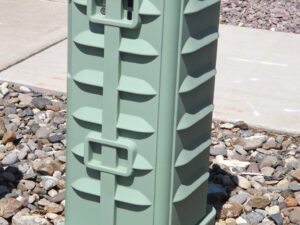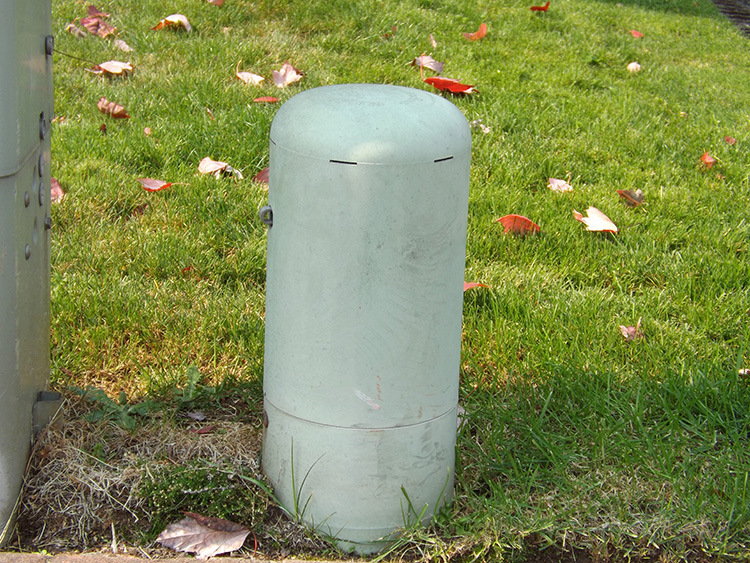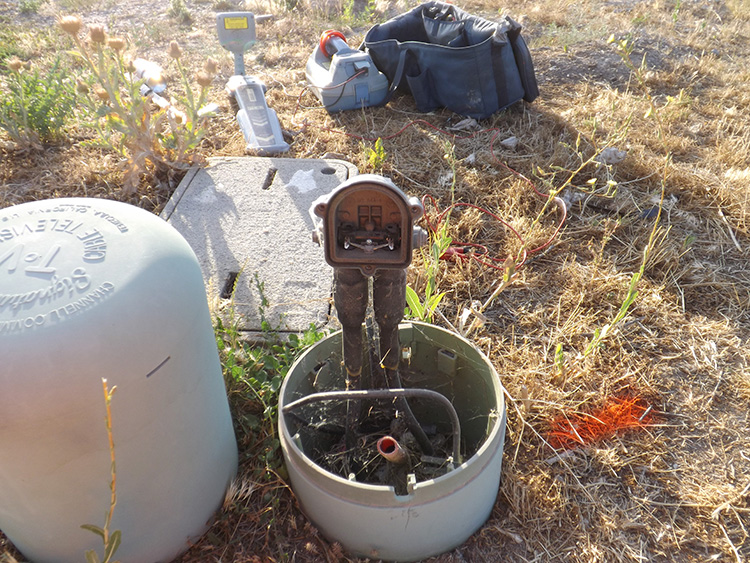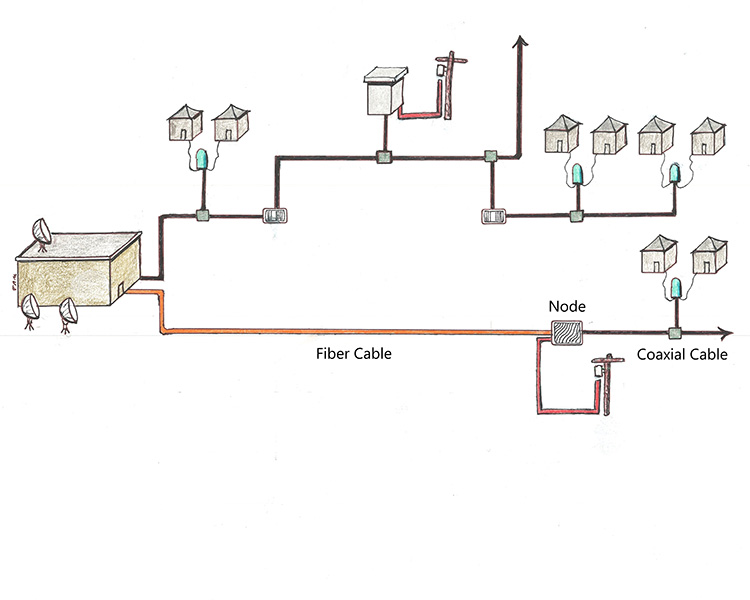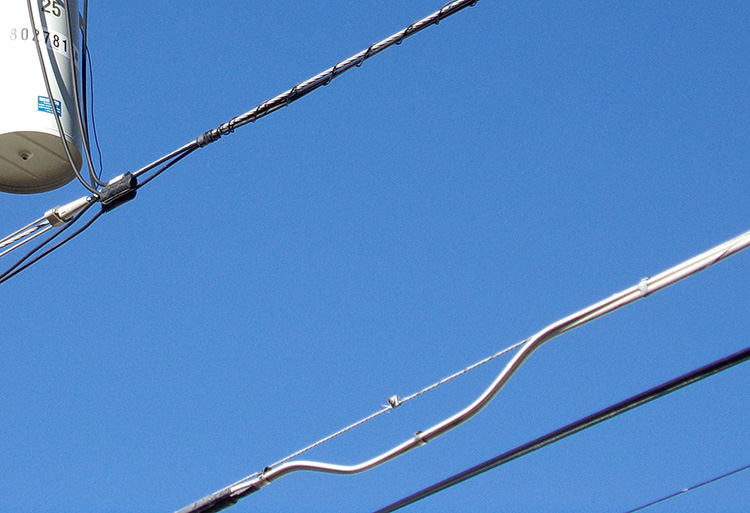INTRODUCTION
Coaxial cable was invented in the 1930’s to provide high-capacity telephone communications, running thousands of telephone calls on a single small cable at different frequencies. The very first coaxial cable was put to use when an experimental coaxial cable was installed between Toledo, Ohio and South Bend, Indiana in 1937. Then in 1941 the first commercial coaxial cable was put on-line between Minneapolis, Minnesota and Steven’s Point, Wisconsin.
Coaxial cable was then used heavily by the military during World War II as an easy communication line to install, and provide multiple lines. After the war there was now a pile of surplus coaxial cable and electronics, and a large number of military veterans with a lot of experience in that area. This coincided with the beginning of regular television broadcasts starting in 1946.
Broadcast television was of course very expensive, and the networks focused solely on the metropolitan areas. Television sets were available, and anyone could purchase a TV, but it served no purpose to own a receiving device when the sending device was 100 miles away, and maybe much more.
In 1948 the same event occurred in three different states, Oregon, Pennsylvania, and Washington. Several owners of TV shops in small cities had all had the same basic idea: broadcast TV was available, but too far away for most people in town to receive it, and there was plenty of war surplus coaxial cable and communication equipment available at very cheap prices. It is usually thought that Ed Parsons of Astoria Oregon was the first to make it happen. It is hard to sell TV sets when the public is aware that there is nothing to watch, so Parsons installed an extremely large antenna at his electronics shop to receive the distant signals, ran cable to several nearby homes, and the homeowners then had a strong desire to purchase a TV. Parsons then began stringing more cable from one housetop to another, with the homeowners consent of course.
Shortly thereafter John and Margaret Walson of Mahoney City, Pennsylvania did the same thing. They made an agreement with the local power company to allow them to install coaxial cable on the power poles. A very large antenna on the roof of their appliance store to receive broadcasts from the larger cities of Pennsylvania, and coaxial cable to transport the signal to the nearby homes, and then John and Margaret’s appliance store was suddenly selling a lot of TV sets. The original name for this system was Community Antenna Television, or CATV. The name would change a few more times, and yet the acronym CATV would always remain.



